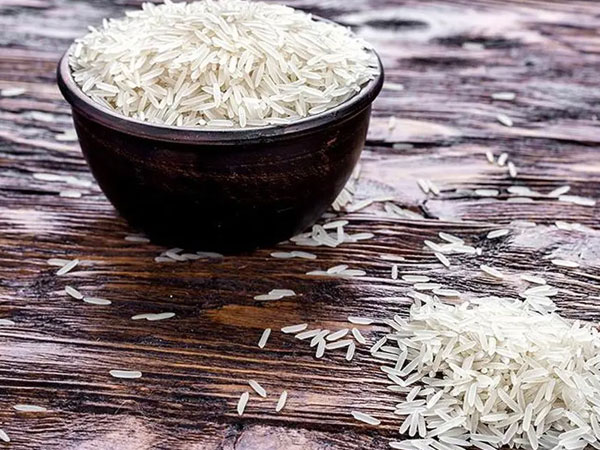 Rice is Asia’s economic pulse and lifeblood, a cultural cornerstone that binds societies. Yet Japan and the Philippines are turning this food staple into a policy disaster.
Rice is Asia’s economic pulse and lifeblood, a cultural cornerstone that binds societies. Yet Japan and the Philippines are turning this food staple into a policy disaster.
Why does rice trip up governments? In Tokyo, bare shelves mock Prime Minister Ishiba’s leadership. In Manila, rice prices—P44/kg in June 2025, down from P50.78/kg— wobble, echoing 2023’s 8.7 percent inflation protests. Rice supply uncertainty keeps consumers and farmers guessing. Both nations, chained to antiquated policies, are harvesting chaos instead of grain.
Japan’s rice crisis is self-sabotage. A 5-kg bag costs ¥4,260 (P1,650), up 92 percent from last year. Only 10 percent of the 512,000 tons released from reserves since March reached consumers—milling jams, bureaucratic red tape clog the system. Some reserves are diverted to non-consumer uses like livestock feed or industrial purposes.
With the July 2025 election looming, Ishiba’s Liberal Democratic Party is trembling. Approval at 34 percent show voters are annoyed. Rice at ¥4,260 stings. The July election will hurt the government. The LDP’s power grip is loose, but the opposition is too weak to grab the wheel. Voters want change, not chaos.
Scorching 2023 heat, a 2024 “megaquake” panic, and 342,000 extra tourists gutted Japan’s rice supply. Once self-sufficient, Japan now pleads with South Korea and the US for imports—February 2025 alone matched 40 percent of 2023’s total. Paying farmers $2.3 billion to grow less rice shrank the 2024 “Harvested Area” to 1.45 million hectares, the lowest on record. Enter Minister Shinjiro Koizumi, replacing the former Minister of Agriculture genius who said, “I don’t buy rice.” Koizumi’s solution: imports to cap prices at P775 yen equivalent per 5 kilograms.
The Philippines, eighth in global rice production, stumbles just as badly. Rice fuels 35 percent of total calories—60 percent for the poor. Output hit 20 million metric tons in 2023 but dropped to 19 million in 2024, battered by El Niño. Yields at 3.8 tons per hectare lag Vietnam’s by a wide margin. Consumption, at 17 million metric tons, forces nearly 4 million tons of imports, mostly from Vietnam. Manila’s tariff cuts trim retail prices, but farmers face ruin at P17.50/kg. Balancing consumer price relief with grower survival is not being accomplished.
The 2019 Rice Tariffication Law cut tariffs from 35 percent to 15 percent, flooding markets with cheap imports but gutting farmgate prices, leaving farmers struggling to survive. Inefficient supply chains, weather disruptions, and high production costs drive the price increases. Import reliance—4.7 million metric tons projected for 2024–2025—exposes the Philippines’ failure to boost yields or curb post-harvest losses.
Japan and the Philippines cling to agricultural policies stuck in the Dark Ages. The EU and US push farmers to max out crop production, with governments covering any shortfalls through subsidies. Japan, however, plays a different game. Tokyo’s policy caps rice output, shelling out $2.32 billion to keep fields idle. Subsidizing full harvests would cost $2.65 billion annually, Japan claims, so it sticks to rationing. Why pay farmers to grow less when others bankroll abundance? It is a head-scratcher only bureaucrats could love.
The Philippines bets on imports over its own growers. Why do farmers march in Tokyo for deregulation and in Manila beg for protection? Because governments dismiss them. Japan’s tariff walls and Manila’s import obsession are two halves of the same flawed coin.
Even with Japan’s debt mess and the Philippines’ weather vulnerabilities, rice failures are inexcusable. Koizumi’s import tweaks and Manila’s tariff cuts are Band-Aids on a fractured system. Japan alienates farmers by refusing to fund full production; Philippines sacrifices food security for cheap imports. Tangible answers—like modern irrigation or climate-resilient crops—are still nowhere near. Voters in both nations are watching.
Every overpriced bowl of rice, from Tokyo’s sleek kitchens to Manila’s humble carinderias, screams government failure. Japan’s July election and the Philippines’ next harvest will be judgment days. How long will leaders pretend they understand the cost of a meal?
E-mail me at mangun@gmail.com. Follow me on Twitter @mangunonmarkets. PSE stock-market information and technical analysis provided by AAA Southeast Equities Inc.













© Copyright 2025 The SSResource Media.
All rights reserved.